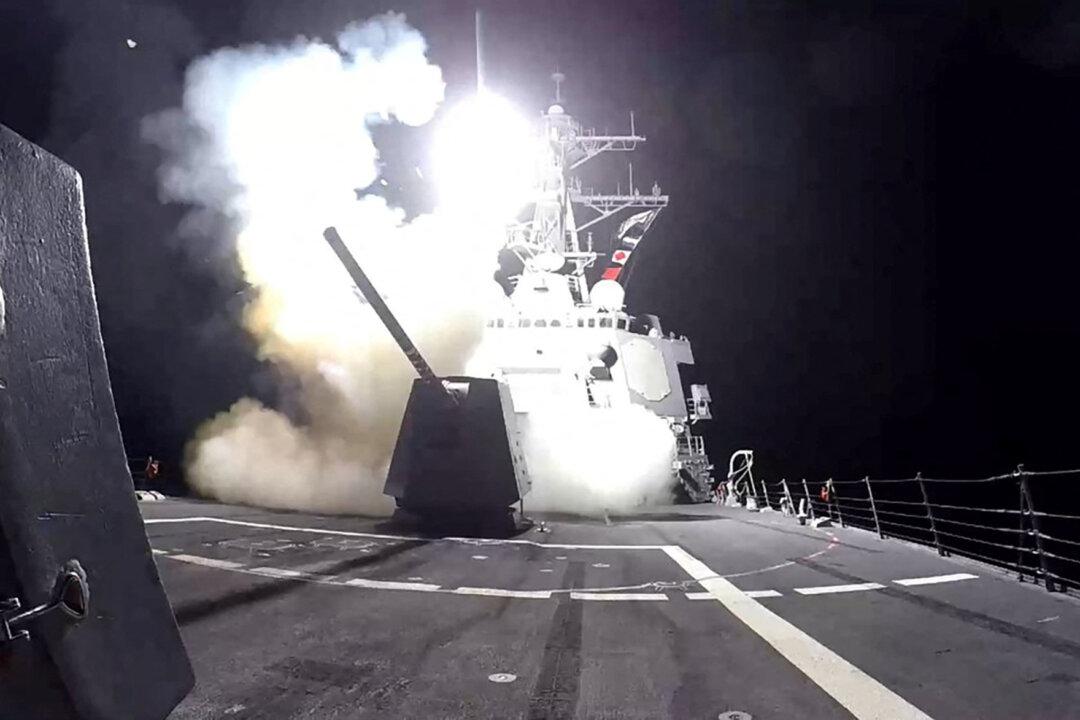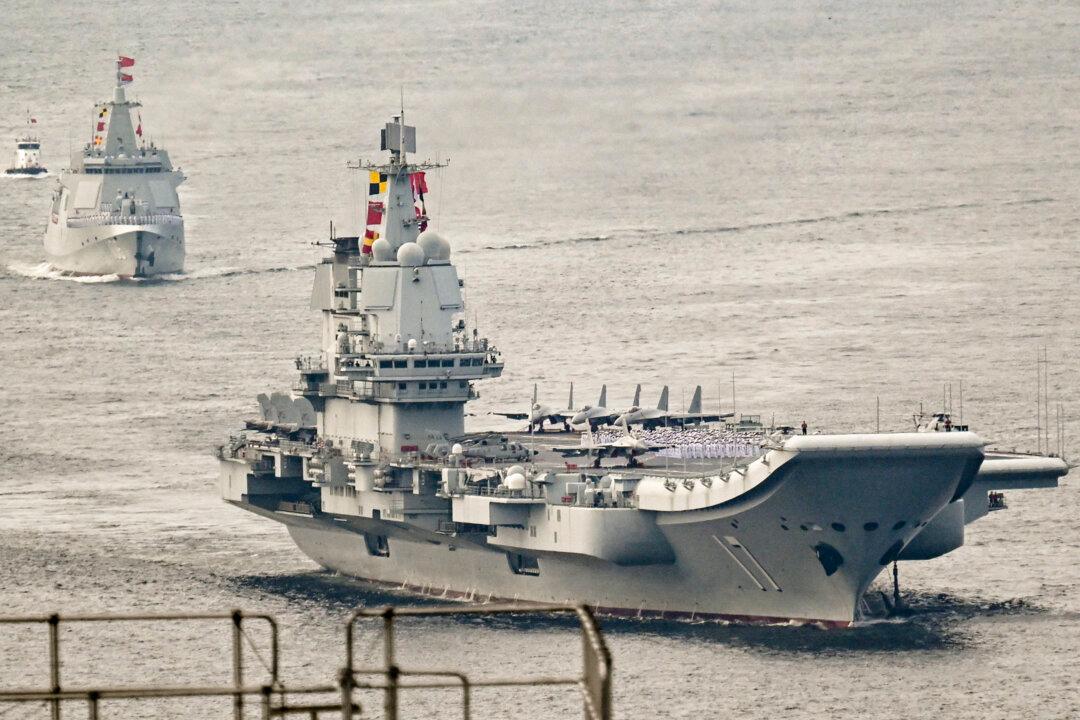North Korea has launched two missile tests which it claims were designed to simulate nuclear strikes on South Korea.
North Korean state media said that the Aug. 30 missile launches simulated “scorched earth” nuclear strikes, and claimed that it also rehearsed an occupation of South Korea.
The regime’s military wing said that it fired two tactical ballistic missiles from Pyongyang Wednesday night, which would be aimed at major command centers in South Korea in the event of a war.
The statement said that the missiles carried out their simulated strikes through air bursts, suggesting it confirmed the explosions of dummy warheads at a set altitude.
In the event of a real war, the high-altitude detonation of a nuclear warhead could cause catastrophic damage both through the initial blast as well as its related electromagnetic burst.
South Korean and Japanese assessments of the missile tests suggest that the two tactical missiles traveled close to 250 miles at a maximum altitude of 30 miles high before landing in the waters between Korea and Japan.
North Korea Claims US Preparing Invasion
North Korea said the tests were a response to the United States’ flyover of long-range bombers over South Korea for a joint aerial training exercise with South Korea earlier in the week.
Pyongyang condemned the exercises as a “serious threat,” claiming the United States was preparing an invasion. The nation remains prepared to counter “military gangsters” from Washington and Seoul, officials said.
South Korea’s Joint Chiefs of Staff called the launches “a grave provocation,” adding that the tests threaten to destabilize the region and undermine international peace efforts.
North Korean General Secretary Kim Jong Un said that the tests demonstrated the North’s ability to “deal a heavy blow at the enemy’s war potential and war command center and blinding their means of command communication at the initial stage of operation.”
The Pentagon, meanwhile, urged restraint, calling on Mr. Kim to pull back from such provocative behavior.
“We would call on North Korea to refrain from any kind of proactive rhetoric or behavior,” said Defense Department spokesperson Gen. Pat Ryder during an Aug. 30 press hearing.
“We will continue to be focused on deterrence… to ensure the safety and security of our nations,” he added.
The Pentagon declined to expand on Gen. Ryder’s comments.
The United States condemned North Korea’s Aug. 30 missile launches.
“These launches are in violation of multiple United Nations Security Council resolutions and are the latest in a series of launches that pose a threat to the DPRK’s neighbors and undermine regional security,” a State Department spokesperson told The Epoch Times in an email.
“Our commitments to the defense of the [South Korea] and Japan remain ironclad,” the spokesperson added.




